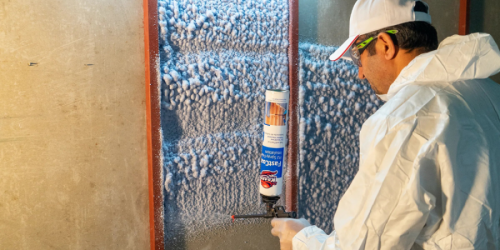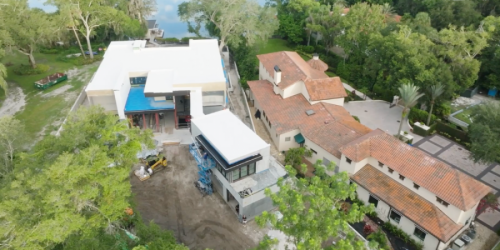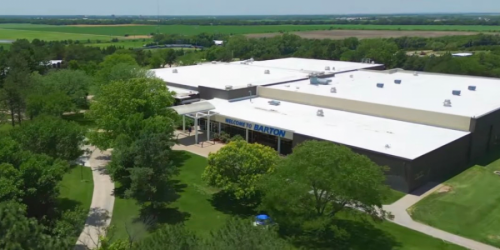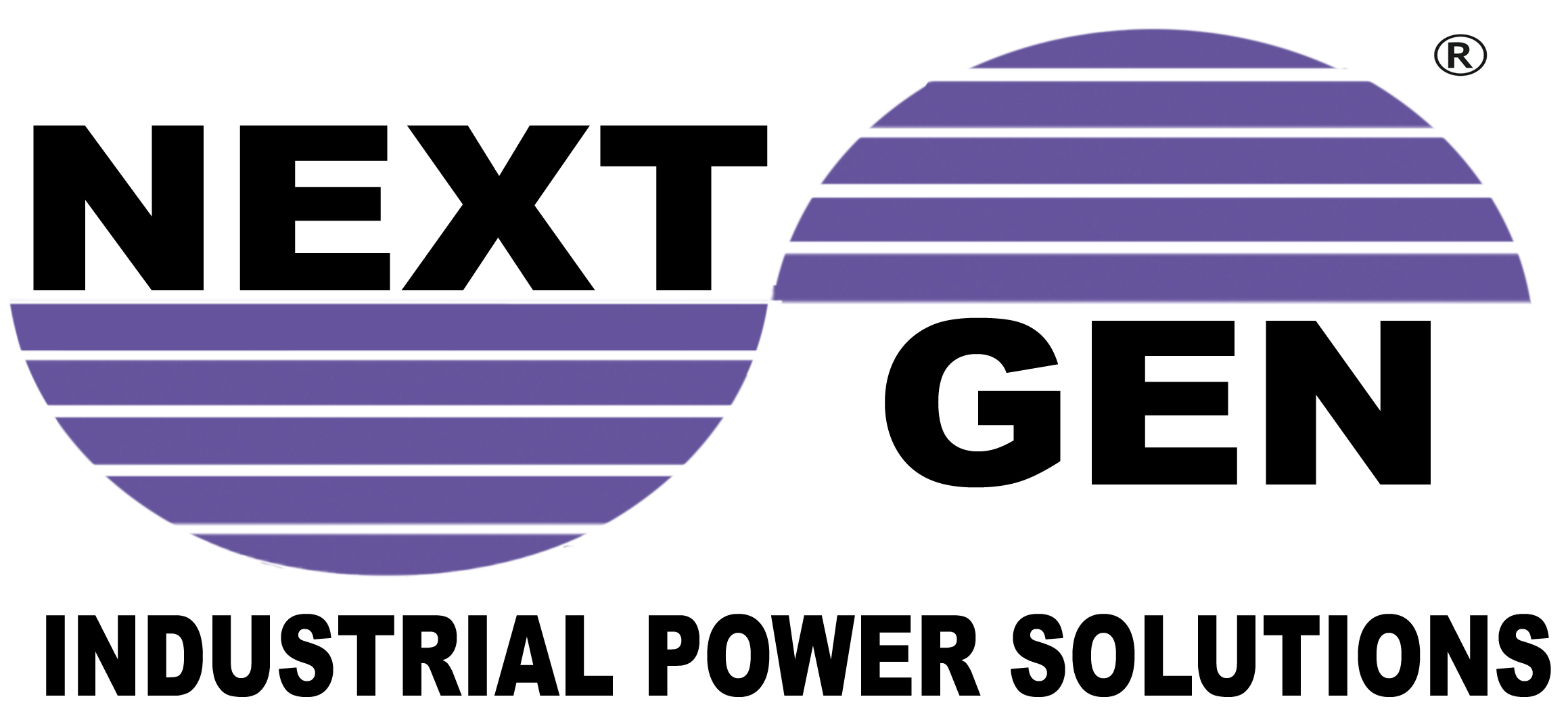Energy Usage Facts and Figures
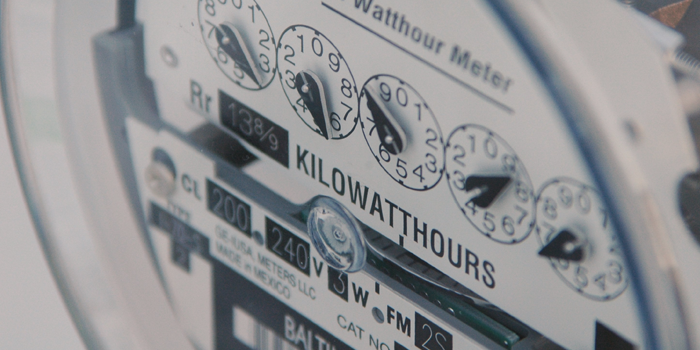
Back to Education Center | Homeowners' Guide | Energy Efficient Home Values
Energy Consumption Statistics
- The annual energy expense for an average U.S. home is $1912. Per capita residential energy costs were $750 in 2012, with average household size measured at 2.55 individuals. (DOE) (Statista)
- The average U.S. home uses 10,908 kWh per year (EIA)
- Heating and cooling account for nearly half (48%) of the energy usage in the average U.S. home (DOE)
- It costs U.S. homeowners $11 Billion dollars per year to power their air conditioning systems (DOE)
- In the average U.S. home, air leakage accounts for 25 to 40% of the energy used for heating and cooling. (ENERGY STAR)
- A
typical U.S. home loses 20% to 30% of the air that flows through its
ventilation system because of leaky ducts (ENERGY STAR).
- Energy Star-qualified homes can deliver energy savings of up to 30 percent versus a typical U.S. home (ENERGY STAR)
Energy
Consumption in the U.S. and Worldwide
The world consumed over 524 Quadrillion Btu (British thermal units), or quad, of energy in 2012, per the EIA’s latest records . More than 86% of global energy consumption in 2012 came from burning fossil fuels–petroleum, coal, and natural gas. The United States alone consumed about 95 Quadrillion Btu, with just over 82% coming from fossil fuels. In other words, the U.S. uses about 296 million Btu per person per year, while the world on average uses 72 million Btu per person per year. Proportionally, the U.S. uses 18% of the world’s energy, despite having only 4.5% of the world’s population.
To help put these numbers in perspective, one Btu of energy is released when the red tip of wooden match ignites, and one quad of energy is enough power to run all the residential refrigerators in the United States for one year.
Residential Energy Use
The residential building sector accounts for about 21% of the U.S. consumption total, per the EIA. Household primary energy use breaks out as follows, per the EIA’s latest survey:
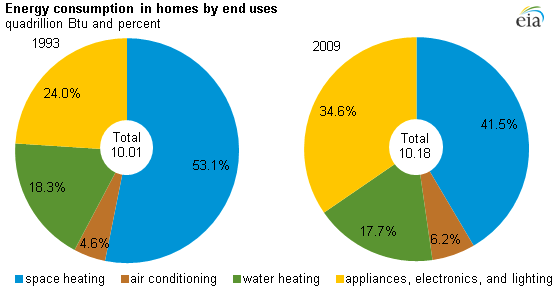
Using a combination of energy efficient practices, it is possible to maintain the same quality of life yet use significantly less energy. There are many simple ways to save energy, from active practices like turning off lights when you leave, to passive practices like ensuring your home is thoroughly insulated. In any case, there are a lot of options to save both energy and money, it’s just a matter of utilizing them.







